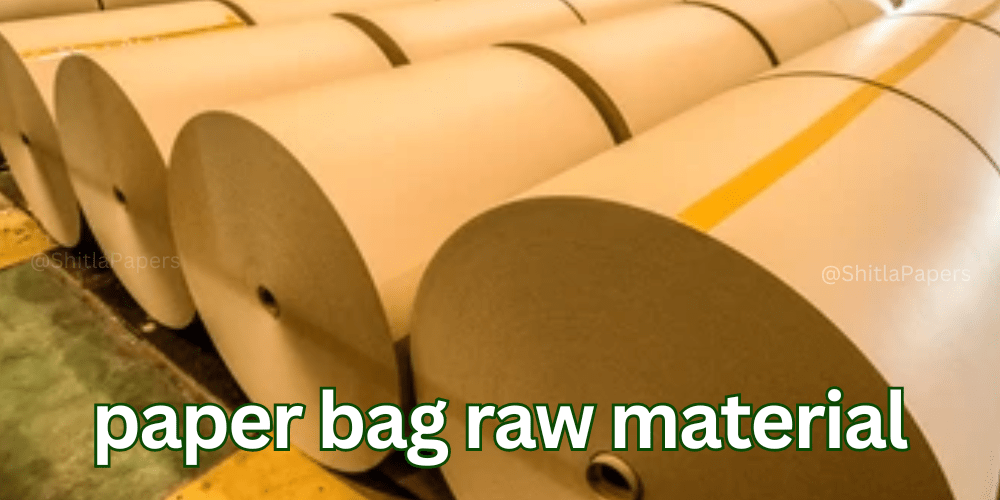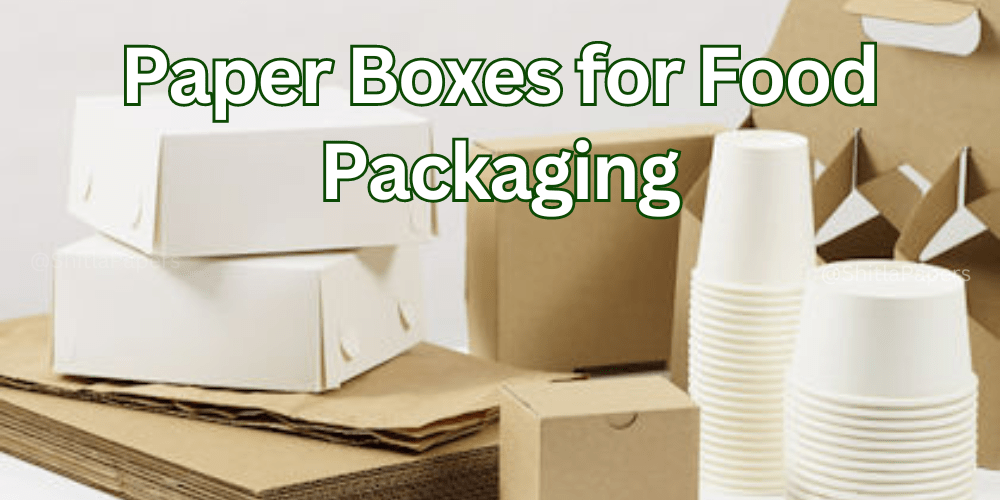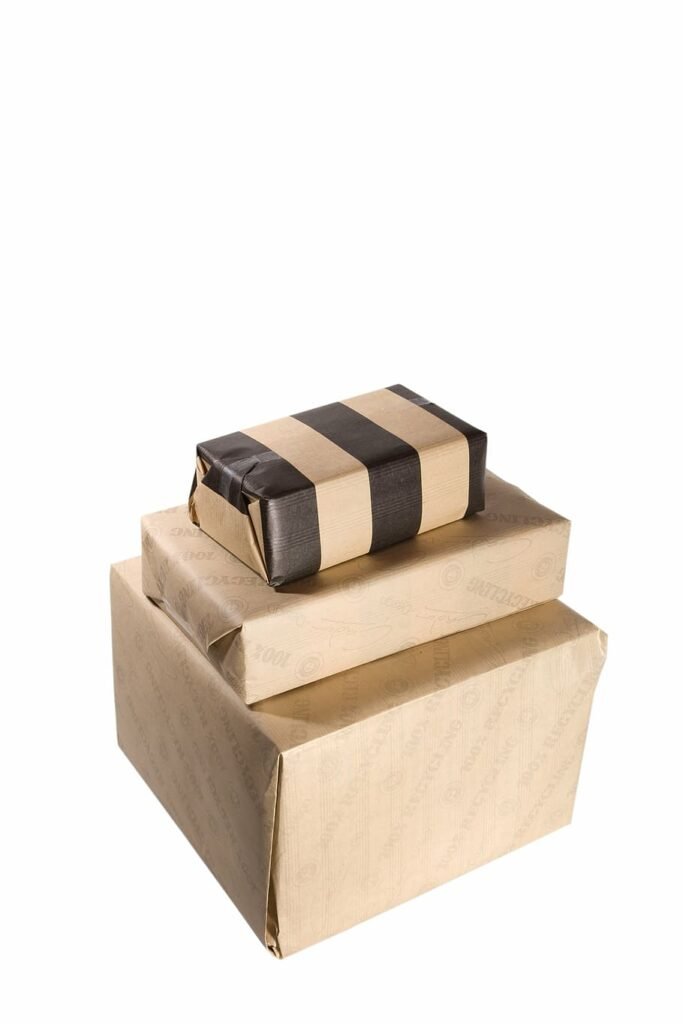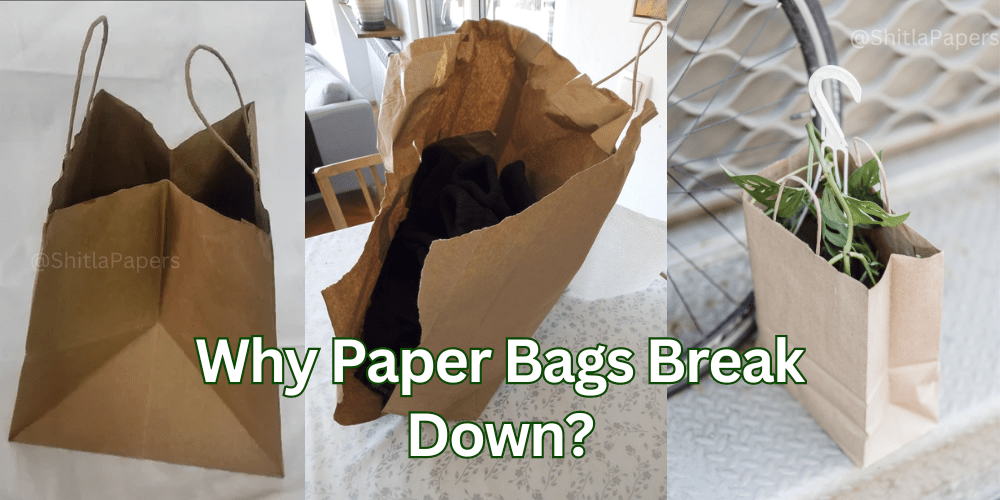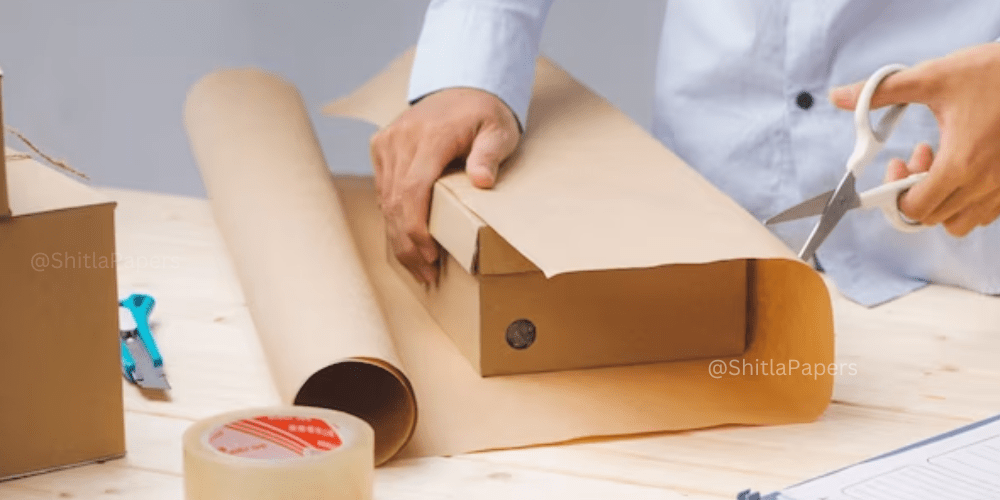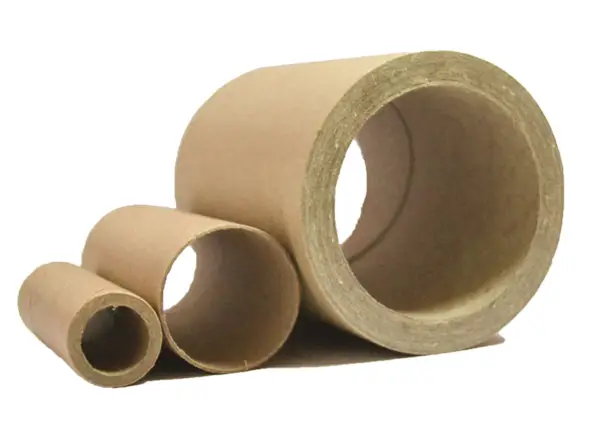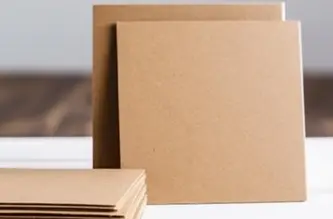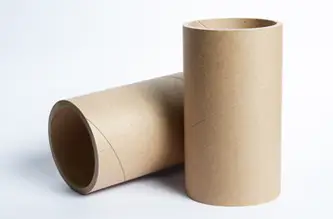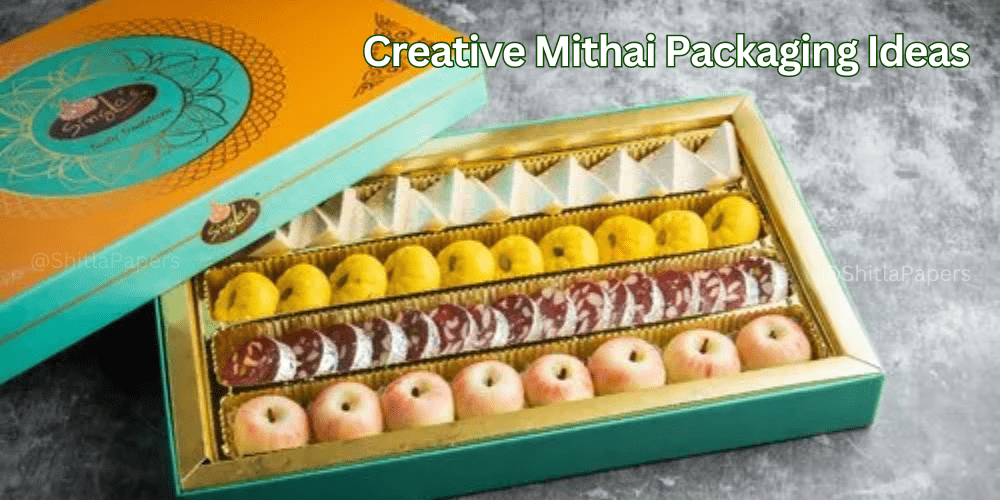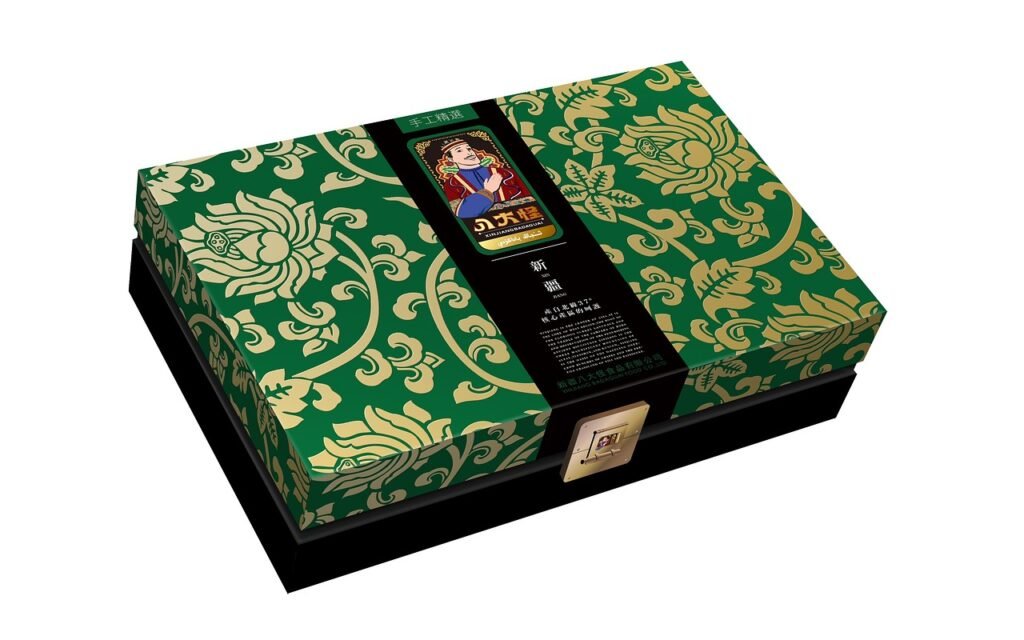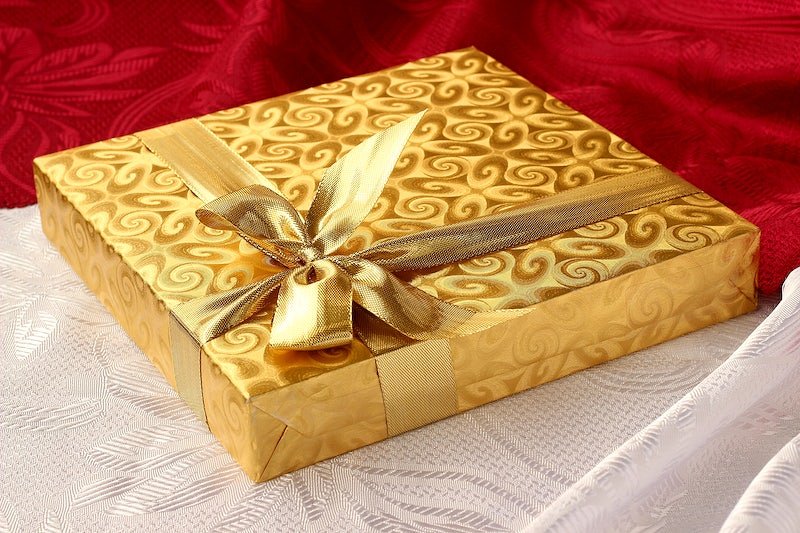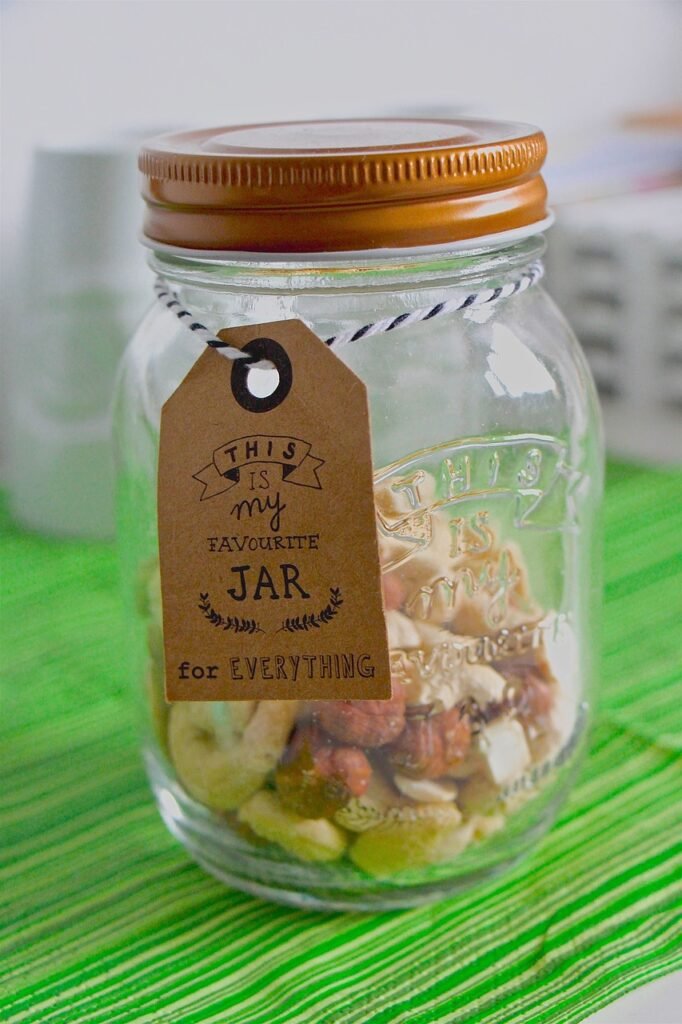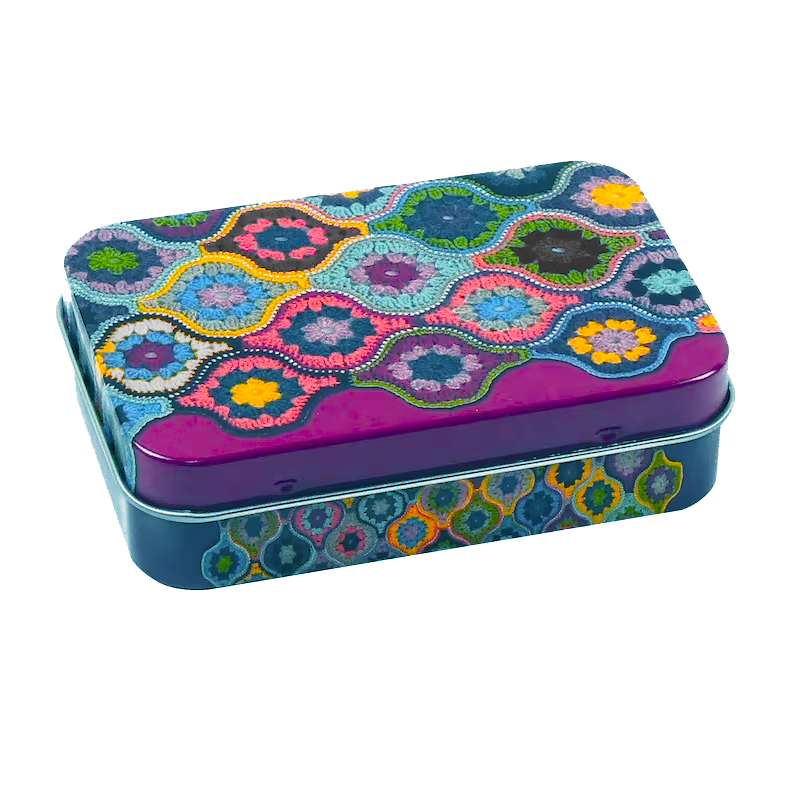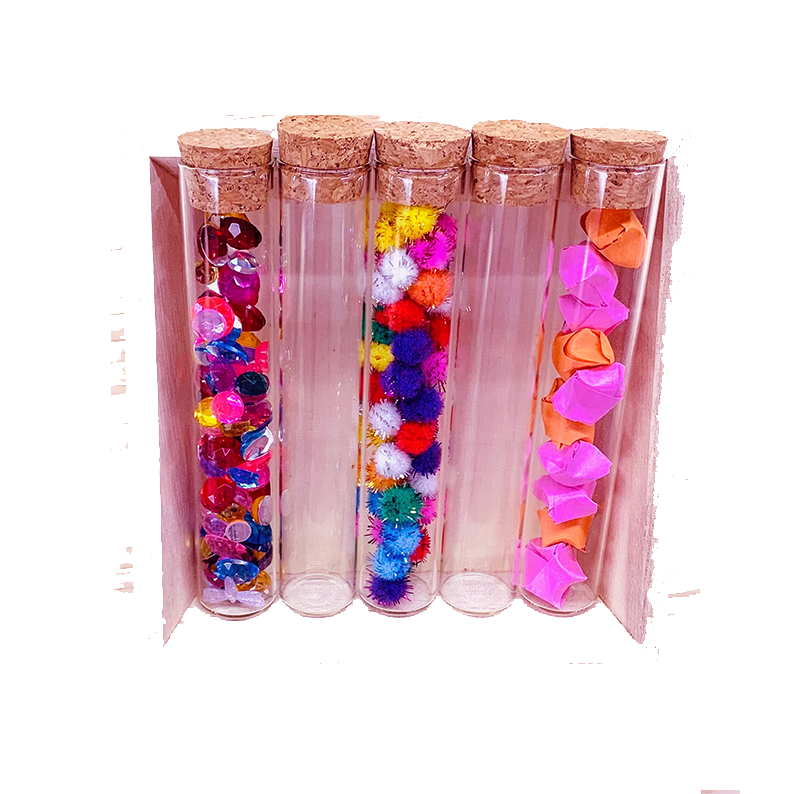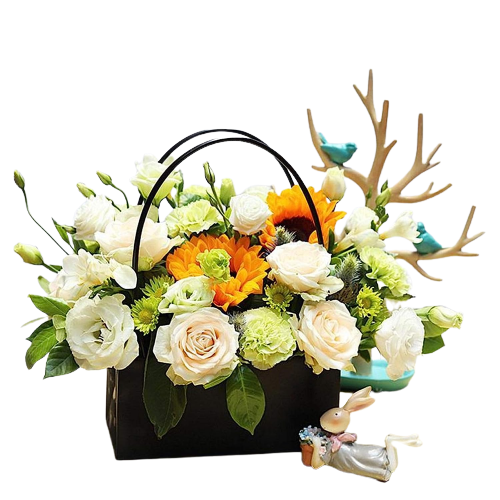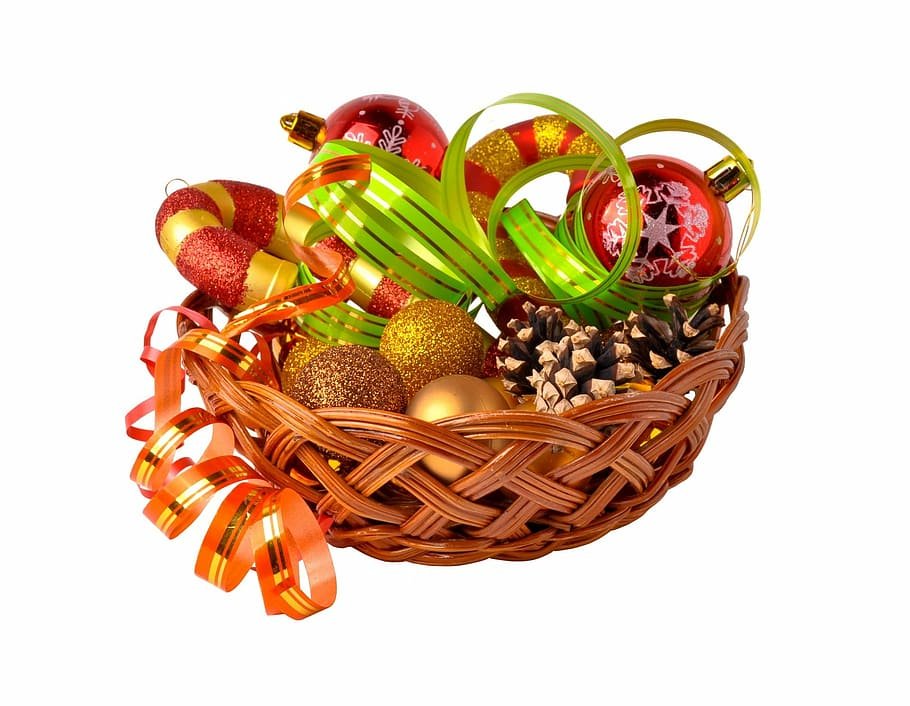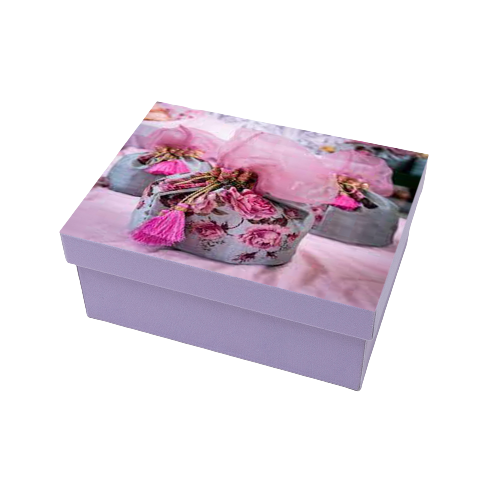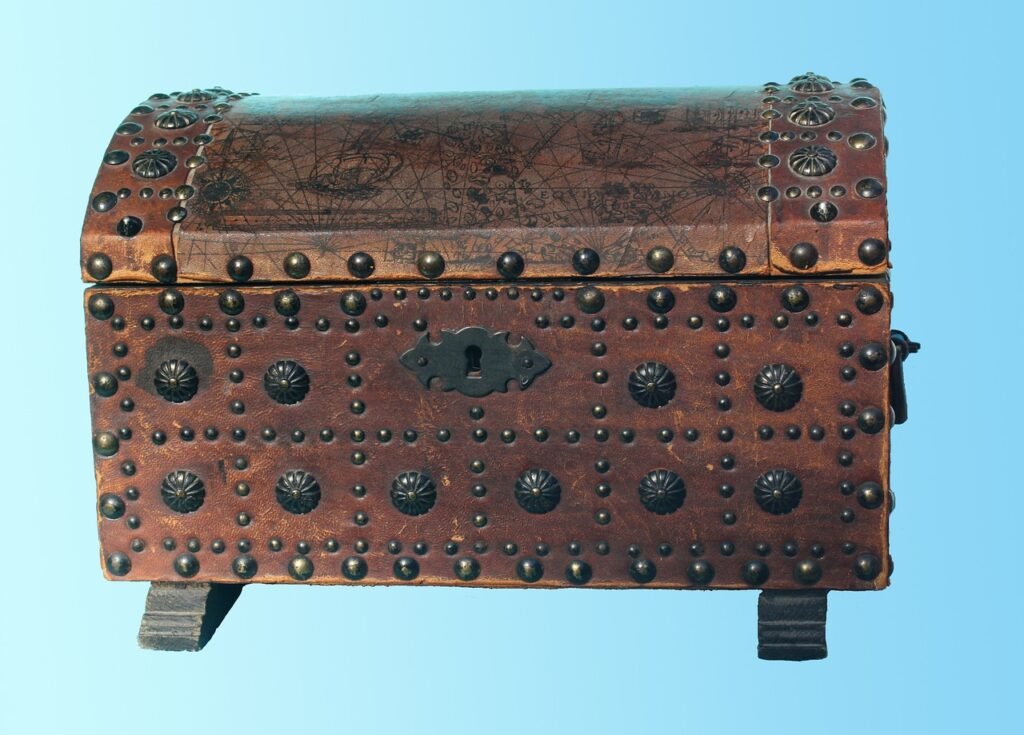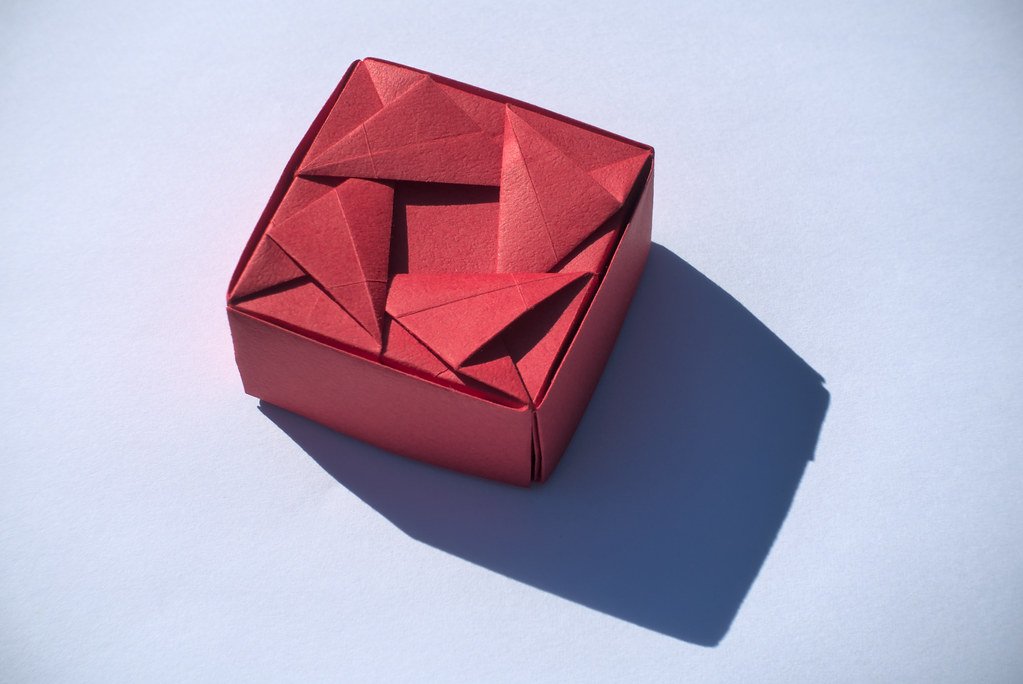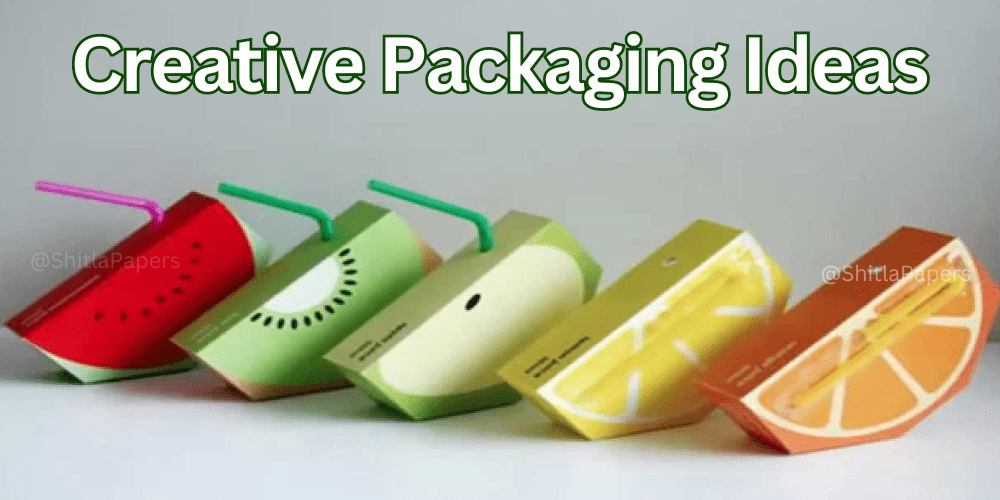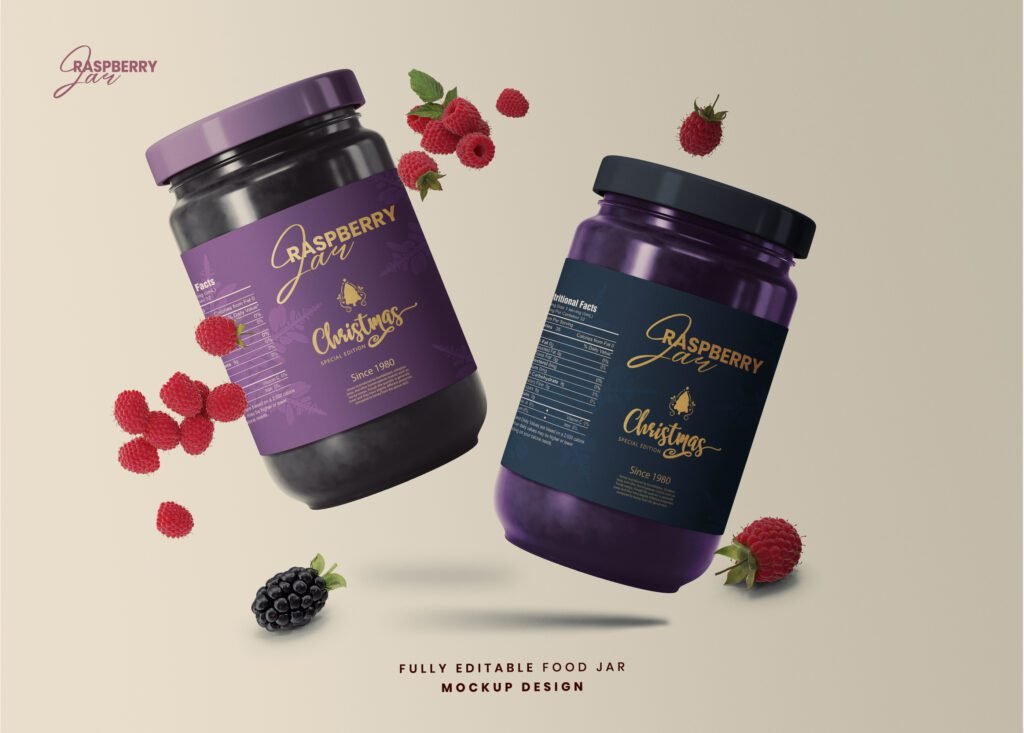Why Paper Bag Raw Materials Matter for Eco-Friendly Packaging
Why Paper Bag Raw Materials Matter for Eco-Friendly Packaging
Outline:
- Introduction
- The Growing Importance of Eco-Friendly Packaging
- Understanding Eco-Friendly Packaging
- Definition and Principles
- Benefits and Advantages
- The Role of Paper Bags in Eco-Friendly Packaging
- Raw Materials for Paper Bags
- Sustainability and Environmental Impact
- Biodegradability and Recyclability
- Importance of Choosing the Right Paper Bag Raw Materials
- Recycled vs. Virgin Paper
- Certified Sustainable Forests
- Alternative Plant-Based Materials
- Factors Affecting Raw Material Selection for Eco-Friendly Paper Bags
- Cost and Affordability
- Strength and Durability
- Printing and Branding Options
- Innovative Trends in Eco-Friendly Paper Bag Raw Materials
- Plantable Seed Paper
- Mycelium Packaging
- Algae-Based Materials
- Challenges and Limitations of Eco-Friendly Paper Bag Raw Materials
- Promoting Eco-Friendly Packaging and Responsible Consumption
- Corporate Responsibility and Consumer Awareness
- Government Policies and Regulations
- Conclusion
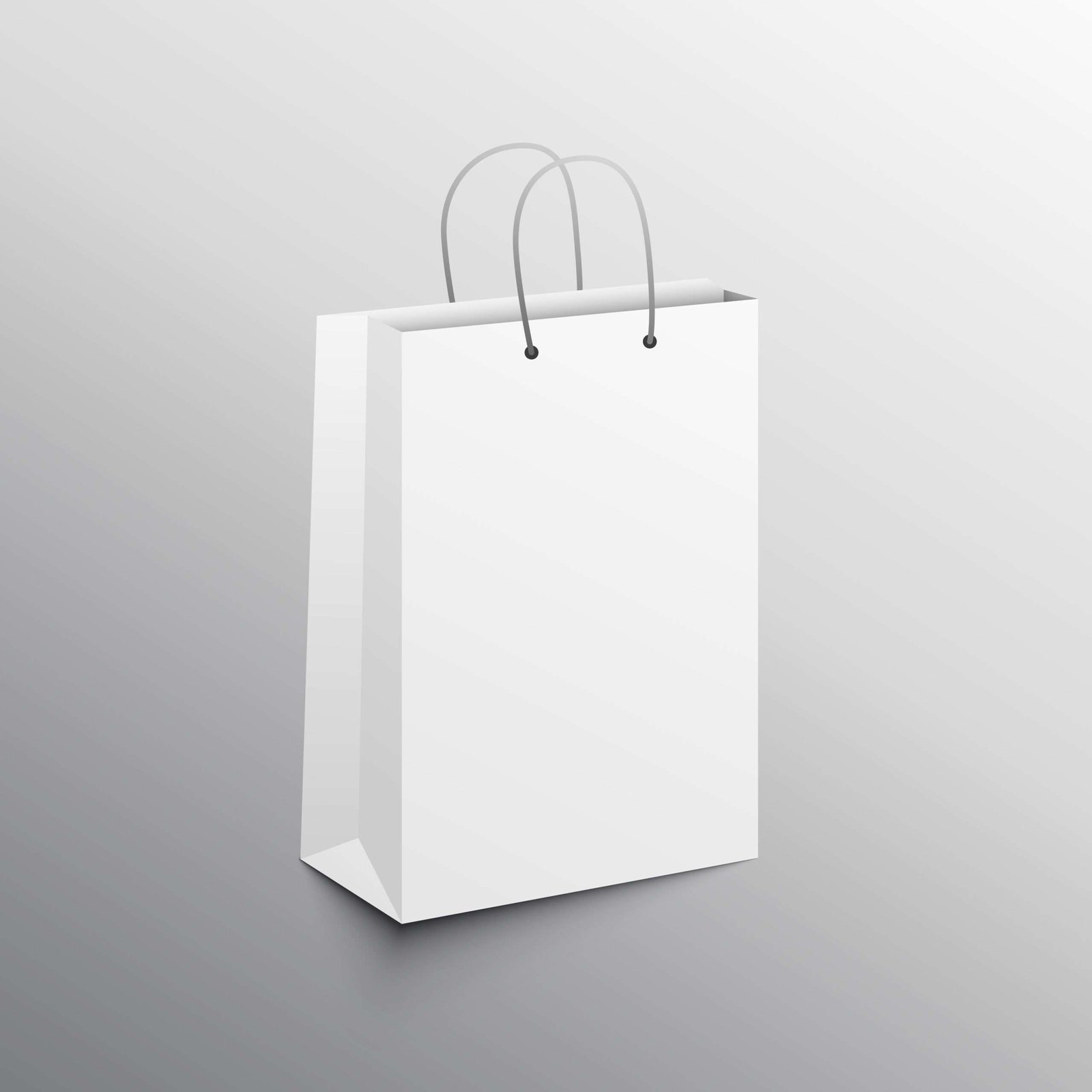
Introduction
In recent years, the demand for eco-friendly packaging has grown significantly as consumers and businesses alike recognize the importance of sustainable practices for the environment. The choice of raw materials plays a crucial role in determining the eco-friendliness of packaging solutions. This article delves into the significance of paper bag raw materials for eco-friendly packaging and explores the various factors involved in making responsible choices.
The Growing Importance of Eco-Friendly Packaging
Eco-friendly packaging has become more than just a passing trend. It is now a necessity in the efforts to reduce carbon footprints, minimize waste, and protect the planet’s natural resources. As environmental concerns continue to escalate, consumers are becoming increasingly conscious of their purchasing decisions, favoring products packaged in eco-friendly materials.
Understanding Eco-Friendly Packaging
Definition and Principles
Eco-friendly packaging refers to materials and design practices that have a minimal negative impact on the environment. The key principles include using renewable resources, reducing energy consumption, promoting recyclability and biodegradability, and avoiding hazardous substance
Benefits and Advantages
Embracing eco-friendly packaging offers numerous benefits. It helps businesses build a positive brand image, attract environmentally-conscious customers, and comply with regulations promoting sustainability. For the planet, eco-friendly packaging reduces pollution, conserves resources, and supports a circular economy.
The Role of Paper Bags in Eco-Friendly Packaging
Raw Materials for Paper Bags
The raw materials used for manufacturing paper bags play a vital role in determining their ecological impact. Two primary types of materials are commonly used: recycled paper and virgin paper sourced from responsibly managed forests.
Sustainability and Environmental Impact
Recycled paper is an excellent choice for eco-friendly packaging as it reduces the demand for new raw materials and minimizes waste. On the other hand, paper derived from responsibly managed forests ensures that the environmental impact of harvesting trees is balanced by reforestation efforts.
Biodegradability and Recyclability
Paper bags, regardless of their raw materials, are biodegradable and can be recycled, making them an eco-friendly alternative to single-use plastic bags. Proper disposal and recycling processes for paper bag raw materials further enhance their environmental benefits.
Importance of Choosing the Right Paper Bag Raw Materials
Recycled vs. Virgin Paper
Selecting between recycled and virgin paper as paper bag raw materials involves considering factors like environmental impact, cost, and strength. While recycled paper conserves resources and reduces waste, virgin paper offers better strength and printing quality for paper bags.
Certified Sustainable Forests
Alternative Plant-Based Materials
Innovations in material science have introduced plant-based alternatives like plantable seed paper, mycelium packaging, and algae-based materials, which present exciting opportunities for eco-friendly paper bag raw materials.
Factors Affecting Raw Material Selection for Eco-Friendly Paper Bags
Cost and Affordability
The cost of raw materials is a crucial factor for businesses, but it should be balanced with the long-term benefits of eco-friendly paper bag raw materials and the positive impact on brand perception.
Strength and Durability
The raw materials chosen for paper bags must offer the necessary strength and durability to ensure the products can withstand transportation and usage without compromising their integrity.
Printing and Branding Options
Branding is essential for businesses, and the choice of paper bag raw materials should accommodate high-quality printing and customization to convey brand messages effectively.
Innovative Trends in Eco-Friendly Paper Bag Raw Materials
Plantable Seed Paper
Plantable seed paper contains seeds embedded within it. After use, the paper can be planted, allowing new plants to grow, promoting green spaces, and encouraging sustainable living. This innovative use of paper bag raw materials blends functionality with environmental benefits.
Mycelium Packaging
Mycelium, the root structure of fungi, can be grown into various shapes and used as packaging material. It is biodegradable, lightweight, and can replace traditional materials like foam. Mycelium’s versatility makes it a promising option for eco-friendly paper bag raw materials.
Algae-Based Materials
Algae-based materials offer a renewable and biodegradable alternative for packaging. They can be molded into different shapes and decompose naturally after use.
Challenges and Limitations of Eco-Friendly Paper Bag Raw Materials
While eco-friendly paper bags present numerous benefits, they also face challenges such as cost competitiveness, limited availability of some alternative materials, and concerns regarding their ability to hold heavier items.
Promoting Eco-Friendly Packaging and Responsible Consumption
Corporate Responsibility and Consumer Awareness
Businesses play a significant role in promoting eco-friendly packaging by adopting sustainable practices, raising consumer awareness, and making responsible choices.
Government Policies and Regulations
Governments can encourage the adoption of eco-friendly packaging by implementing policies that incentivize environmentally conscious practices and penalize harmful ones.
Conclusion
Choosing the right raw materials for paper bags is crucial in ensuring eco-friendly packaging. Recycled paper, responsibly sourced virgin paper, and innovative plant-based materials all contribute to sustainable solutions that protect the environment. Embracing eco-friendly packaging is a collective responsibility that benefits the planet and supports a greener future for generations to come.
FAQs
Are paper bags truly eco-friendly?
- Yes, paper bags are considered eco-friendly because they are made from renewable resources, biodegradable, and can be recycled.
What is the difference between recycled and virgin paper for bags?
- Recycled paper is made from post-consumer waste, while virgin paper comes from freshly harvested trees. Both have their environmental benefits.
Can I compost paper bags at home?
- Yes, paper bags can be composted at home, further reducing their environmental impact.
Are alternative plant-based materials cost-effective for businesses?
- While some alternative materials may initially be more expensive, their long-term benefits and positive brand image often outweigh the costs.
How can consumers support eco-friendly packaging?
- Consumers can support eco-friendly packaging by choosing products with sustainable packaging, recycling properly, and raising awareness about its importance.
Why Paper Bag Raw Materials Matter for Eco-Friendly Packaging Read More »

